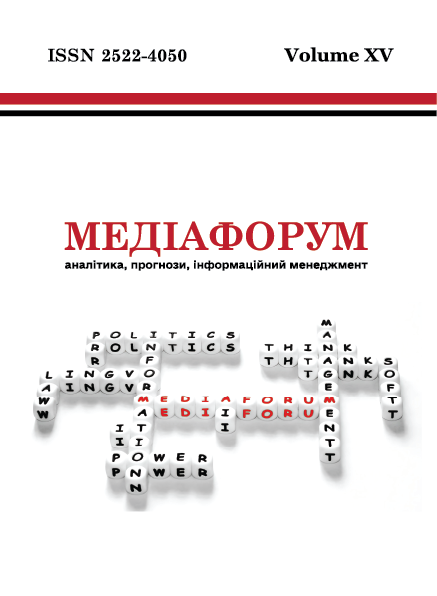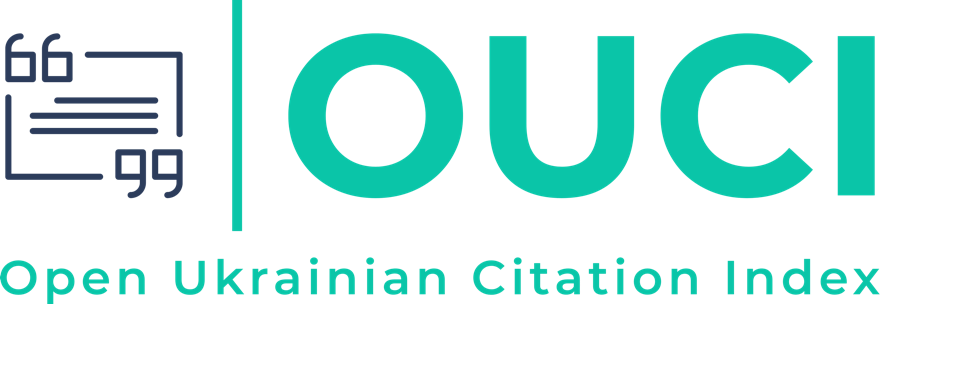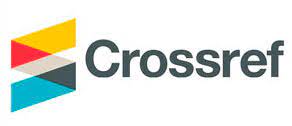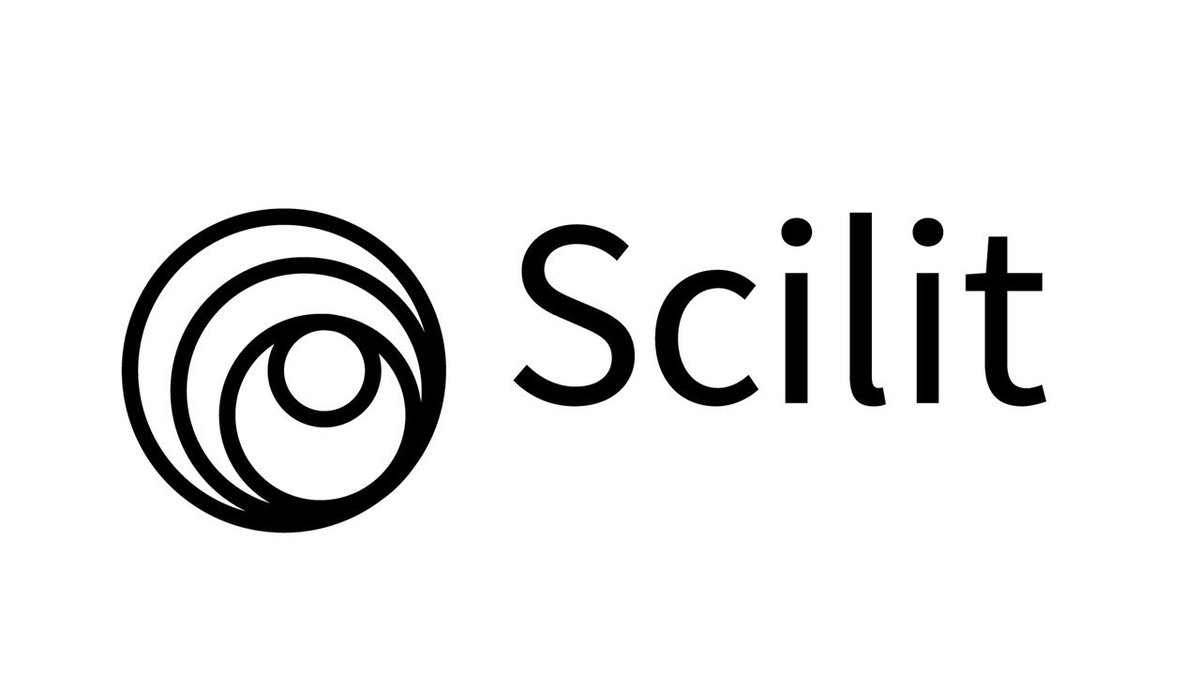Contemporary Political Forecasting
DOI:
https://doi.org/10.31861/mediaforum.2024.15.61-76Keywords:
political science, political forecasting, principles and methods of political forecasting, regulation of politics, prognostic boomAbstract
The article examines modern political forecasting as an important direction of political science, defines its methodological foundations and ideological principles.
The finalization of the formation of prognostics into an independent scientific direction takes place in the second half of the 20th century. Concepts of industrialism, post-industrialism, and later - the theory of information society became the methodological basis of this scientific field. The formation of a pessimistic direction in futurology, the founder of which was E. Toffler, had a significant impact on the formation of prognostics. Foresight, which combines the best traditions of forecasting and strategic planning, is currently the most fruitful trend in forecasting in Western political science. Foresight has now become one of the most effective technologies for designing the development of society based not on the past, but on the future.
The modern political reality of the 21st century is characterized by a noticeable chaos of political activity, which calls for political forecasting as an effective means of streamlining current political processes. The main goal of political forecasting is to prevent the unwanted development of political processes, to adapt to the inevitable, to direct the probable development of a political phenomenon in the necessary direction. The modern principles of political forecasting are singled out: the principle of system, alternative, verification and continuity. The most widespread methods of modern political forecasting are considered: the method of collective generation of ideas ("brainstorming"), the method of extrapolation, the "Delphi" method, the construction of future scenarios, historical analogy, and the modeling method. It is concluded that the combination of several methods allows to maximize the effectiveness of forecasting.
Downloads
References
Horbatenko, V.P. 2004. «Analiz maybutnʹoho» ta yoho rolʹ v upravlinni sotsialʹnopolitychnymy protsesamy. Politychnyy menedzhment.1:30-40.
Horbatenko, V. P., Butovsʹka, I. O. 2005. Politychne prohnozuvannya: Navch. posibnyk. K.: MAUP.
Dereha, V. V. 2008. Sutnistʹ ta osoblyvosti politychnoho prohnozuvannya Naukovi pratsi Chornomorsʹkoho derzhavnoho universytetu imeni Petra Mohyly. Ser.: Politolohiya. 79.66: 14-17.
Kvitka, S.A. 2016. Forsayt yak tekhnolohiya proektuvannya maybutnʹoho: novitni mekhanizmy vzayemodiyi publichnoyi vlady, biznesu ta hromadyansʹkoho suspilʹstva. Aspekty publichnoho upravlinnya. 8: 5-15.
Lepsʹkyy, M.A. 2022. Yakisni metody sotsialʹnoho prohnozuvannya: metodolohiya, metodyka, praktyka: pidruchnyk. 2-e vydannya, dop. Zaporizhzhya: KSK-Alʹyans.
Pohoryelova, I.S. 2022. Osoblyvosti politychnoho prohnozuvannya u mizhnarodnykh vidnosynakh. Politykus. 5:13-21.
Rzhevsʹka, N. 2005. Politychne ta stratehichne prohnozuvannya: sutʹ i oznaky. Politychnyy menedzhment. 6: 37-42.
Rzhevsʹka, N.F. 2012 Politychnyy analiz i stratehichne prohnozuvannya v SSHA: instytutsiynyy vymir: monohrafiya. Drohobych: Kolo.
Edited by James, G. McGann. 2009.Think Tanks and Policy Advice in the USA: Academics, Advisors and Advocates. Florence, Kentucky: Routledge.















